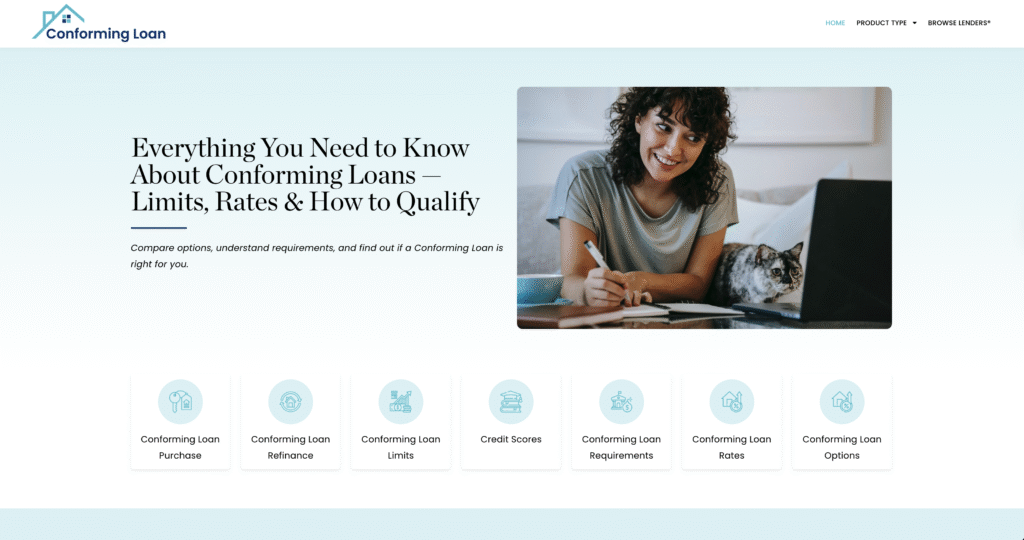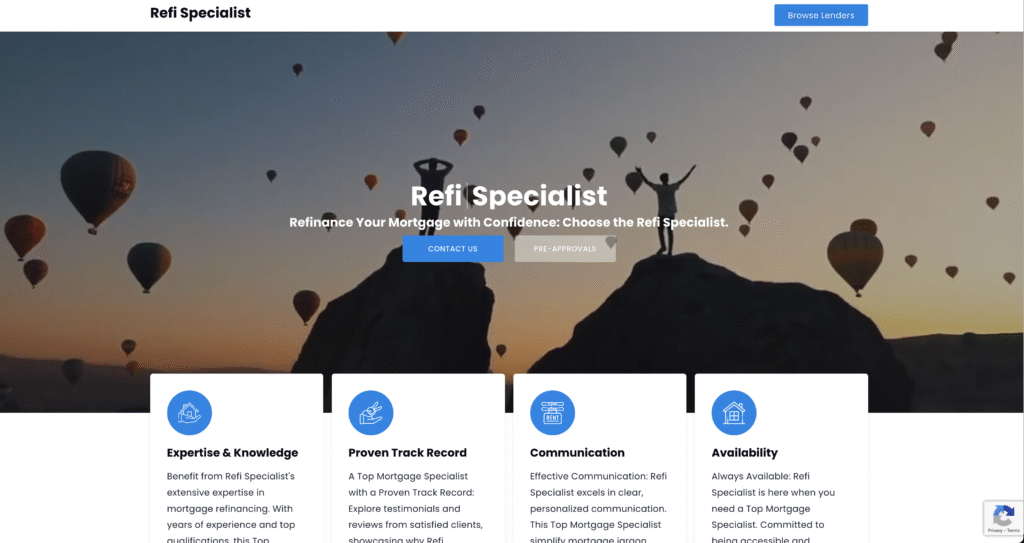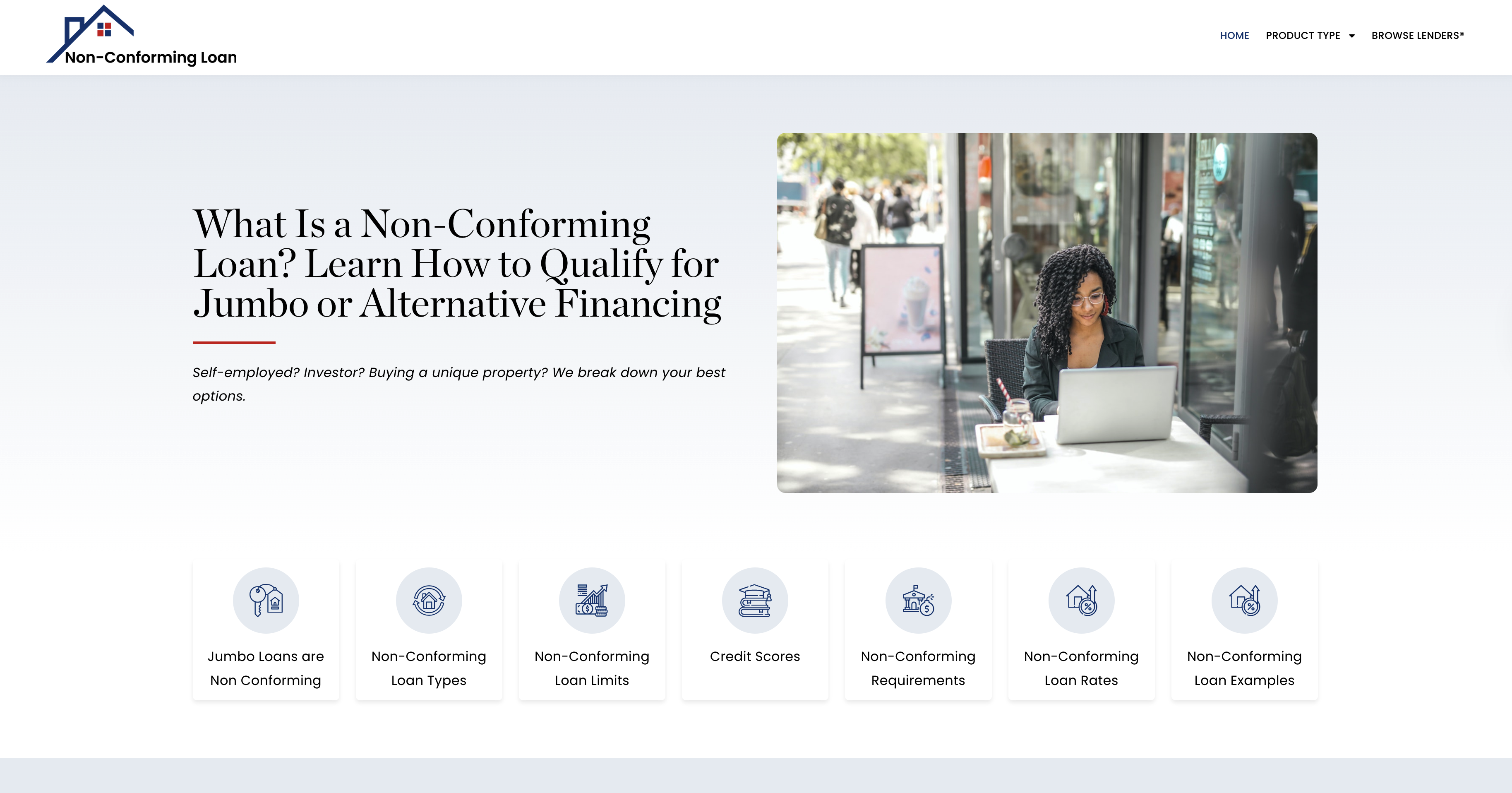Single Parent Success: How Consistent Payments Boosted Credit
For many single parents, juggling financial obligations while maintaining good credit can be a challenge. Monthly expenses often stretch budgets thin, making it difficult to keep up with credit card payments and loan obligations. However, with strategic planning and disciplined financial habits, it is entirely possible to boost credit scores and achieve financial stability. This case study explores the journey of Lisa, a single mother of two, who transformed her Middle Credit Score® from 600 to 720 in two years through consistent payments, smart budgeting, and strategic credit use.
Step 1: Understanding the Starting Point
When Lisa first decided to improve her financial situation, her Middle Credit Score® sat at 600. Years of relying on credit cards for emergencies and balancing childcare expenses left her with high balances and multiple missed payments. Her primary financial obstacles included:
- High Credit Card Balances: Lisa carried $8,000 in credit card debt across three cards.
- Missed Payments: Sporadic missed payments over the years had negatively impacted her credit score.
- Limited Savings: With two children, Lisa struggled to build any significant savings, relying instead on credit during financial shortfalls.
Initial Strategy: Lisa knew she needed to reduce her credit utilization and make consistent, on-time payments to rebuild her Middle Credit Score®. Her first steps included:
- Setting Up Automatic Payments: To avoid late payments, she enrolled all her credit cards and utilities in auto-pay.
- Debt Snowball Method: Lisa focused on paying off her smallest credit card balance first, while making minimum payments on the others.
- Monthly Budgeting: She set a strict monthly budget, prioritizing essentials, debt repayment, and savings.
Progress After 6 Months: Her utilization dropped from 70% to 50%, and her Middle Credit Score® increased to 640.
Additional Actions Taken:
- Negotiating Lower Interest Rates: Lisa successfully negotiated with two of her credit card companies to lower interest rates, reducing her overall debt faster.
- Avoiding Store Credit Cards: Though tempted by in-store promotions, she refrained from opening new lines of credit that would increase her debt.
- Reviewing Credit Reports Regularly: She checked her reports every four months, disputing inaccuracies promptly.
Step 2: Strategic Budgeting and Debt Reduction
As Lisa began to see improvements, she doubled down on her strategy:
- Zero-Based Budgeting: Every dollar was allocated to a specific purpose—bills, debt, savings, or essentials.
- Envelope Method: She used cash envelopes for groceries, gas, and discretionary spending, helping her avoid overspending.
- Debt Avalanche Method: After clearing her smallest credit card, she switched to the Avalanche Method, targeting the highest interest debt next.
Additional Techniques:
- Windfall Payments: Tax refunds, bonuses, and side job earnings went straight to debt reduction.
- Bi-Weekly Payments: Lisa started making bi-weekly payments instead of monthly, reducing interest accumulation.
- Requesting Credit Limit Increases: Once her utilization dropped, she requested credit limit increases to further improve her score.
Results After 12 Months: Her Middle Credit Score® climbed to 670, and her credit card balances were down by $3,000. She now had a $1,000 emergency fund for unexpected expenses.
Financial Habits Developed:
- Couponing and Savings Apps: Lisa began using digital coupons and apps like Ibotta to save money on groceries and essentials.
- Community Support Programs: She joined local community programs that provided free financial literacy courses and budgeting workshops.
- Bulk Buying and Meal Planning: To cut costs, she started buying in bulk and planning meals weekly to avoid excess spending.
Step 3: Strengthening Credit with Diversified Accounts
To further boost her credit score, Lisa began to strategically expand her credit profile:
- Secured Credit Card: She applied for a secured credit card with a $500 limit and used it only for groceries, paying it off in full each month.
- Credit Builder Loan: Lisa took out a $1,200 credit builder loan, adding installment credit to her profile.
- Rent Reporting Service: She enrolled in a rent reporting service, ensuring her $1,100 monthly rent payments were reflected in her credit report.
Advanced Techniques:
- Utility Payment Reporting: Using Experian Boost®, she added her monthly utility payments to her credit report, further enhancing her score.
- Automatic Payments for Consistency: All bills, including rent and credit cards, were automated to avoid late payments.
- Avoiding Hard Inquiries: Lisa refrained from applying for additional credit to prevent unnecessary hard pulls on her report.
Results After 18 Months: Her Middle Credit Score® rose to 700, and her credit utilization was consistently below 30%.
Long-Term Improvements:
- Refinanced Auto Loan: With her improved score, Lisa refinanced her auto loan at a lower interest rate, saving $75 per month.
- Building Emergency Savings: She grew her emergency fund to $3,000, providing a buffer against unexpected expenses.
- Reduced Utility Bills: Through community assistance programs, she qualified for discounted rates on utilities.
Step 4: Preparing for Financial Milestones
With her score solidly in the 700s, Lisa began planning for bigger financial steps:
- Saving for a Down Payment: She saved $8,000 over two years with strict budgeting and side income from freelance work.
- Consulting a Mortgage Broker: Lisa met with a broker to understand pre-qualification requirements and interest rates.
- Maintaining Low Balances: She kept her utilization under 15% to demonstrate financial stability.
- Avoiding New Debt: For the final six months before mortgage approval, she refrained from new credit applications.
Final Results: At the two-year mark, Lisa’s Middle Credit Score® reached 720, making her eligible for a low-interest mortgage. Her journey from financial struggle to homeownership proved that with strategic planning and consistent effort, credit recovery is attainable for single parents.
Key Takeaways:
- Consistency is critical; even small monthly payments can make a big impact over time.
- Strategic budgeting techniques like Zero-Based Budgeting and the Envelope Method prevent overspending.
- Diversifying credit types, including secured credit cards and credit builder loans, improves creditworthiness.
- Rent and utility reporting can accelerate credit recovery.
Conclusion
Lisa’s journey from credit struggles to financial stability is a testament to the power of consistency, budgeting, and strategic credit use. Her experience shows that even with the financial pressures of single parenthood, boosting your Middle Credit Score® and achieving significant financial goals is entirely possible.
Middle Credit Score® Support Center
Browse Lenders® – Speak with a Lending Expert






